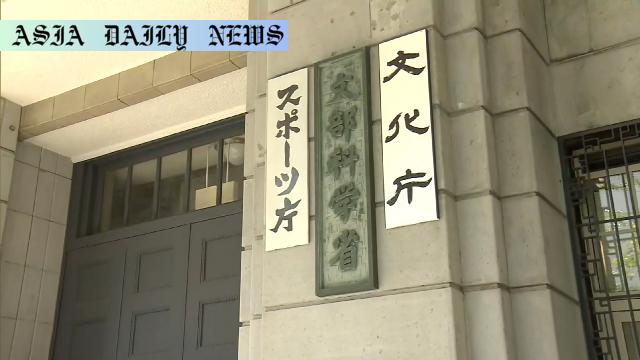International students: Japan aims to raise the cap on international enrollments, enhancing global competitiveness in education.

Introduction: Japan’s Move to Enhance Global Education Competitiveness
In a decisive move to strengthen its position in the global education sector, Japan’s government has announced plans to increase the cap on international student enrollment in higher education institutions. This initiative underscores the nation’s commitment to fostering a more competitive and inclusive academic ecosystem. By raising the upper limit by 5% under specific conditions, Japan aims to attract more students from abroad, starting as early as the next academic year. This policy shift aligns with efforts to not only improve the global rankings of Japanese institutions but also enrich the experiences of domestic students through greater cultural and intellectual diversity.
Implications for Higher Education Institutions
Currently, the enrollment capacity of universities, colleges, and specialized schools in Japan is regulated based on factors such as their size and resources. Exceeding these limits often results in penalties, including cuts to state subsidies. However, the proposed policy change offers an opportunity for institutions to broaden their student base and gain a competitive edge on the international stage. With applications for the new limitations set to open later this year, educational institutions must prepare to meet the stipulated conditions to benefit fully from the amendment. This change allows institutions to benefit from an increased global presence while simultaneously promoting cultural diversity and international collaboration.
Broader Impacts on Society and the Economy
The policy’s potential extends beyond academia. By encouraging more international students to choose Japan as their educational destination, the country stands to benefit economically and socially. Tuition fees from foreign students can bolster institutional revenues, while their living expenses contribute to local economies. Additionally, fostering a globally-minded educational environment prepares Japanese students to thrive in increasingly interconnected professional landscapes. The initiative is not just a strategy for improving education rankings; it also serves as a catalyst for national economic and societal growth.
Ensuring Implementation and Success
As Japan embarks on this promising transformation, careful planning and implementation are paramount. The success of this policy will depend on a range of factors, including the ability of institutions to scale their infrastructure, cater to diverse student needs, and ensure quality education standards. Furthermore, collaboration with international partners and governments to streamline visa processes and promote Japanese education abroad will be crucial. Ultimately, this policy has the potential to not only uplift Japan’s education system but also create lasting global partnerships.
Commentary
Recognizing a Strategic Shift in Japan’s Educational Landscape
Japan’s decision to raise the cap on international student enrollment underscores an important shift in its approach to global education. This policy signals the government’s commitment to enhancing the sector’s relevance and societal impact. By introducing measures that foster greater openness, Japanese higher education can become more dynamic, inclusive, and innovative. For many students, studying abroad is a life-changing experience; for Japan, this influx of talent holds the promise of intellectual vitality and cultural exchange.
The Value of International Students in Higher Education
International students bring fresh perspectives, varied experiences, and different problem-solving approaches that enrich the educational environment of host countries. In Japan’s case, this not only means improving its institutions’ reputation globally but also providing valuable learning experiences for its domestic students. Opportunities to interact and collaborate with peers from different backgrounds are pivotal in preparing graduates for the cultural and professional diversity of the global workforce. These elements are integral to nurturing well-rounded citizens capable of addressing contemporary challenges.
Key Considerations for Long-Term Success
While the policy direction is undoubtedly positive, its success hinges on meticulous execution. Japanese institutions will need to ensure that they are equipped with the infrastructure, staffing, and services to support an increasingly diverse student body. Moreover, addressing language barriers and creating pathways for career opportunities post-graduation are essential to making Japan an attractive destination for international talent. Government and institutional stakeholders must work in tandem to prioritize these areas for sustainable development.
Conclusion: A Transformative Journey
Ultimately, Japan’s plan to raise the cap on international students is a forward-thinking approach to education and societal progress. By fostering a more inclusive, globalized academic ecosystem, the nation not only strengthens its higher education institutions but also invests in its future potential on the world stage. This initiative exemplifies how strategic policies can catalyze far-reaching improvements, creating opportunities and reshaping perceptions for generations to come.


